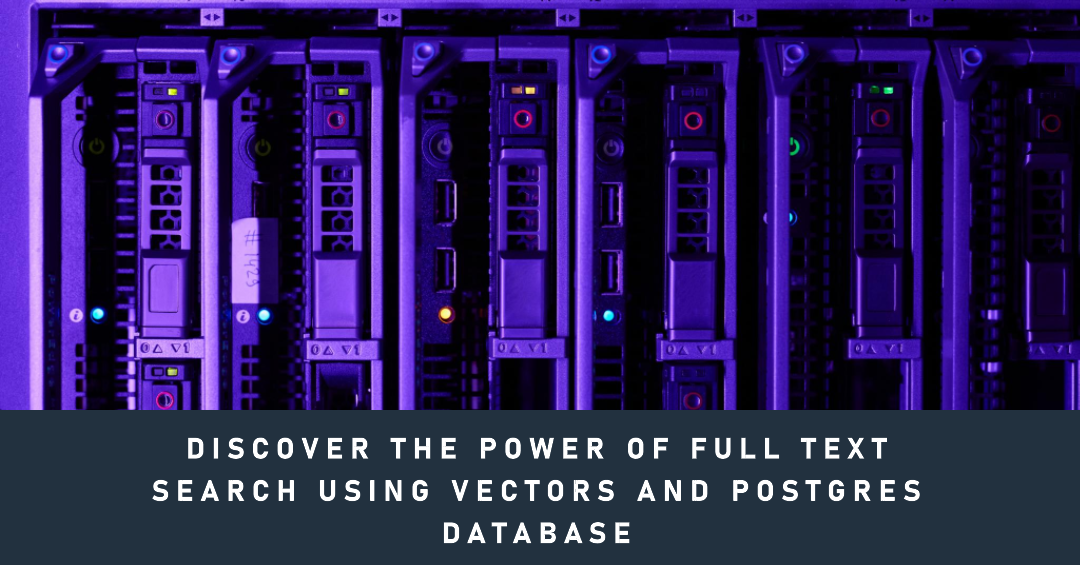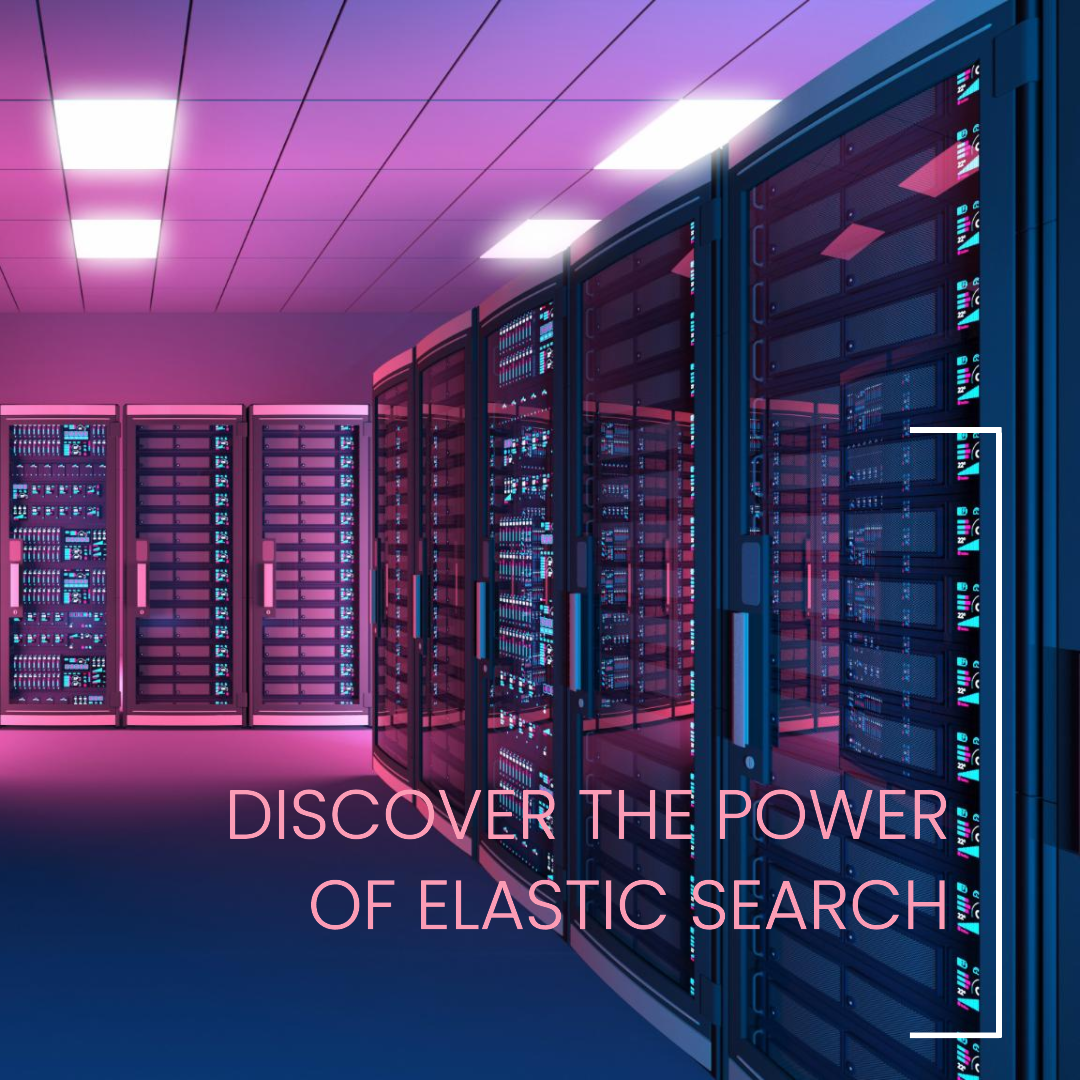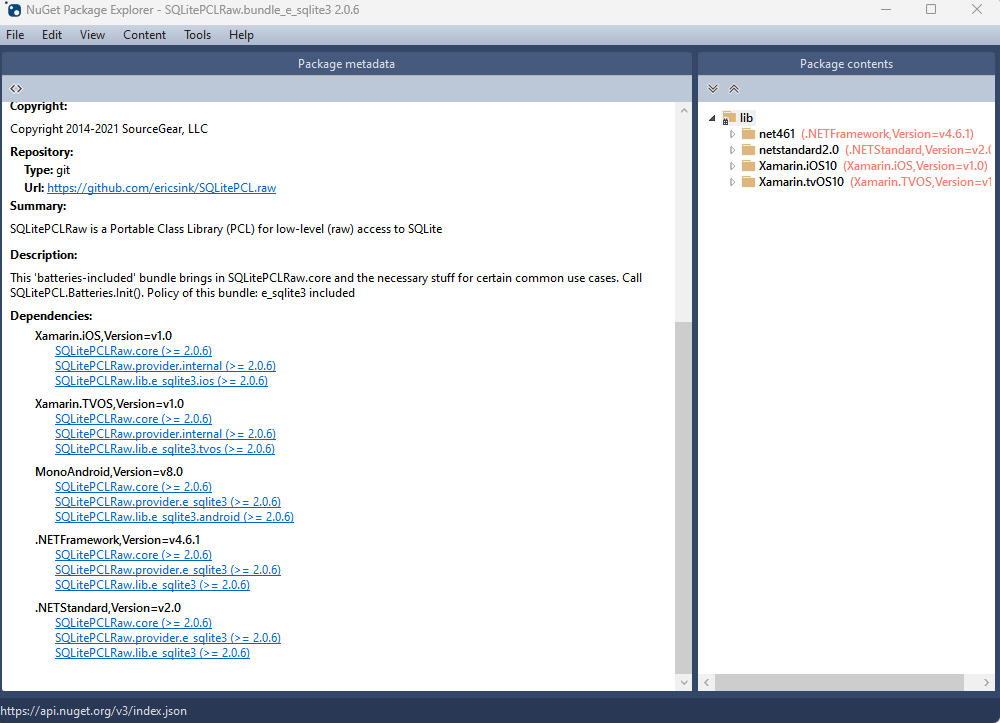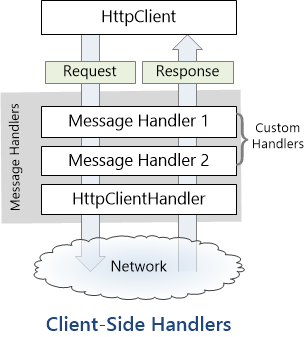
by Joche Ojeda | Oct 5, 2023 | Postgres, Search
Postgres Vector Search
Full-text search in PostgreSQL is implemented using a concept called “text search vectors” (or just “tsvector”). Let’s dive into how it works:
- Text Search Vectors (tsvector):
- A tsvector is a sorted list of distinct lexemes, which are words that have been normalized to merge different forms of the same word (e.g., “run” and “running”).
- PostgreSQL provides functions to convert plain text into tsvector format, which typically involves:
- Parsing the text into tokens.
- Converting tokens to lexemes.
- Removing stop words (common words like “and” or “the” that are typically ignored in searches).
- Example: The text “The quick brown fox” might be represented in tsvector as ‘brown’:3 ‘fox’:4 ‘quick’:2.
- Text Search Queries (tsquery):
- A tsquery represents a text search query, which includes lexemes and optional operators.
- Operators can be used to combine lexemes in different ways (e.g., AND, OR, NOT).
- Example: The query “quick & fox” would match any tsvector containing both “quick” and “fox”.
- Searching:
- PostgreSQL provides the @@ operator to search a tsvector column with a tsquery.
- Example: WHERE column @@ to_tsquery(‘english’, ‘quick & fox’).
- Ranking:
- Once you’ve found matches using the @@ operator, you often want to rank them by relevance.
- PostgreSQL provides the ts_rank function to rank results. It returns a number indicating how relevant a tsvector is to a tsquery.
- The ranking is based on various factors, including the frequency of lexemes and their proximity to each other in the text.
- Indexes:
- One of the significant advantages of tsvector is that you can create a GiST or GIN index on it.
- These indexes significantly speed up full-text search queries.
- GIN indexes, in particular, are optimized for tsvector and provide very fast lookups.
- Normalization and Configuration:
- PostgreSQL supports multiple configurations (e.g., “english”, “french”) that determine how text is tokenized and which stop words are used.
- This allows you to tailor your full-text search to specific languages or requirements.
- Highlighting and Snippets:
- In addition to just searching, PostgreSQL provides functions like ts_headline to return snippets of the original text with search terms highlighted.
In summary, PostgreSQL’s full-text search works by converting regular text into a normalized format (tsvector) that is optimized for searching. This combined with powerful query capabilities (tsquery) and indexing options makes it a robust solution for many full-text search needs.
Implementing vector search using E.F Core and Postgres SQL
here are the steps to implement vector search in your dot net project:
Step 1: Add the required nuget packages
<PackageReference Include="Npgsql.EntityFrameworkCore.PostgreSQL" Version="7.0.11" />
<PackageReference Include="Npgsql.EntityFrameworkCore.PostgreSQL.Design" Version="1.1.0" />
<PackageReference Include="Npgsql.EntityFrameworkCore.PostgreSQL.NetTopologySuite" Version="7.0.11" />
Step 2: Implement a vector in your entities by implementing properties of type NpgsqlTsVector as shown below
public class Blog
{
public int Id { get; set; }
public string Title { get; set; }
public NpgsqlTsVector SearchVector { get; set; }
}
Step 3: add a computed column in your DbContext
protected override void OnModelCreating(ModelBuilder modelBuilder)
{
modelBuilder.Entity<Blog>()
.Property(b => b.SearchVector)
.HasComputedColumnSql("to_tsvector('english', \"Blogs\".\"Title\")", stored: true);
}
in this case you are calculating the vector using the value of the title column of the blogs table, you can calculate the vector using a single column or a combination of columns
Now you are ready to use vector search in your queries, please check the example below
var searchTerm = "Jungle"; // Example search term
var searchVector = NpgsqlTsVector.Parse(searchTerm);
var blogs = context.Blogs
.Where(p => p.SearchVector.Matches(searchTerm))
.OrderByDescending(td => td.SearchVector.Rank(EF.Functions.ToTsQuery(searchTerm))).ToList();
In real world scenarios its better to create a vector by joining the values of several columns and weight them according to the relevance for your business case, you can check the test project I have created here : https://github.com/egarim/PostgresVectorSearch
and that’s it for this post, until next time, happy coding ))

by Joche Ojeda | Sep 23, 2023 | Search
Elasticsearch is a distributed, RESTful search and analytics engine capable of solving a growing number of use cases. It is a technology that is part of the Elastic Stack, along with Logstash, and Kibana, collectively known as the ELK Stack. Elasticsearch is built on top of the open-source Lucene library and provides a multi-tenant capable full-text search engine. It’s designed to be scalable, resilient, and very fast, which makes it a popular choice for many different types of applications including:
1. Search Engines: Full-text search, partial text search, faceted search, and more.
2. Log and Event Data Analysis: Often used with Logstash and Kibana for searching, analyzing, and visualizing log data in real-time.xx
3. Real-time Analytics: Can be used for analyzing large volumes of real-time data efficiently.
4. Data Visualization: Often used with Kibana to visualize the data stored in Elasticsearch.
5. Autocomplete Features: Quick search suggestions.
6. Geospatial Search: Searching based on geographic location.
Key Features:
- Distributed and Scalable: Built to scale horizontally with easy distribution across multiple nodes.
- Schema-free JSON Documents: Uses JSON documents in order to store data, which makes it flexible and easy to use.
- RESTful API: Exposes REST APIs for CRUD operations, allowing interaction via standard HTTP methods.
- Real-time Indexing: As soon as a document is stored, it is available for search.
- Multi-tenancy: Supports multiple indices, and the indices can be divided into shards for better performance.
Basic Concepts:
- Node: A single running instance of Elasticsearch.
- Cluster: A collection of one or more nodes.
- Index: A collection of documents having somewhat similar characteristics.
- Shard: A subset of an index. Each shard is a self-contained index.
- Replica: A copy of a shard for failover and increased performance.
Elasticsearch is widely used in a variety of applications that require complex search features, large-scale logging, or real-time analytics. It’s often compared to other NoSQL databases like MongoDB and Apache Solr.
Choosing to use Elasticsearch depends on your specific needs, but there are several compelling reasons why it might be a good fit for your project:
Speed
- Fast Search: Built on top of Apache Lucene, Elasticsearch is designed for fast, real-time search operations.
- Real-time Indexing: New data is searchable almost immediately after it’s added.
Scalability
- Horizontal Scaling: You can easily add more nodes to your Elasticsearch cluster as your data and query volume grow.
- Distributed Nature: Automatically distributes data and query load across all the available nodes in the cluster.
Flexibility
- Schema-less: You can index JSON documents without a predefined schema.
- RESTful API: Easily interact with the search engine through RESTful APIs, using JSON over HTTP.
- Multiple Data Types: Supports text, numbers, dates, geospatial data, and more.
Robustness
- High Availability: Multiple copies of data (replicas) can be maintained to provide failover.
- Built-in Cluster Health and Monitoring: Tools like Kibana can provide insights into the operations and health of your Elasticsearch cluster.
Rich Query DSL
- Powerful Query Language: Elasticsearch provides a rich, flexible, query language (DSL) that can perform complex queries, filters, and aggregations.
- Relevancy Scoring: Sophisticated algorithms score each document for its relevance to a given search query.
Integration and Extensibility
- Part of the Elastic Stack: Integrates seamlessly with other components like Logstash for data ingestion and Kibana for data visualization.
- Extensible: Supports plugins to add additional features and capabilities.
Multi-Tenancy
- Support for Multiple Indices: You can have multiple indices (databases) and query them all at once if needed.
Use Cases
- Full-text Search: For applications like e-commerce product search, media catalog search, etc.
- Logging and Log Analysis: When combined with Logstash and Kibana, it’s a powerful tool for logging debug information, monitoring, and real-time analytics.
- Real-time Analytics: For business intelligence, performance metrics, and other real-time analytics needs.
- Data Visualization: Can be used with Kibana or other visualization tools to graphically represent your data.
Community and Ecosystem
- Strong Community: A large, active community contributes to its robust set of features.
- Comprehensive Documentation: Extensive online resources are available to help you get the most out of Elasticsearch.
However, it’s important to note that Elasticsearch may not be suitable for all types of projects. It can be resource-intensive, and the learning curve can be steep if you’re new to search and analytics engines. It might also be overkill for simple search needs or small datasets. Always consider your specific requirements and constraints when deciding whether to use Elasticsearch.

by Joche Ojeda | Sep 15, 2023 | IPFS
IPFS stands for the InterPlanetary File System. It is a protocol and network designed to create a peer-to-peer method of storing and sharing hypermedia in a distributed file system. IPFS was initially designed by Juan Benet and is now an open-source project with a large community of contributors.
How IPFS Works
In a traditional client-server model like HTTP, your computer (the client) requests information from a specific server. This creates a centralized point of failure; if the server goes down or is slow, you can’t access your information.
IPFS aims to decentralize the web by creating a peer-to-peer network where each computer can host files, or parts of files, making the network more robust and potentially faster. Here’s a simplified explanation of how IPFS works:
1. Content Addressing: Unlike traditional file systems that locate data based on where it is stored (file location), IPFS locates files based on what they are (file content). Each file and all of the blocks within it are given a unique fingerprint called a cryptographic hash.
2. Distributed Storage: Files are split into blocks, and each block is stored across a decentralized network of nodes. When you look up a file, you’re asking the network to find nodes that are storing the blocks that make up the file.
3. Data Retrieval: When you want to access a file, your computer asks the network for the blocks that make up the file. It can then reassemble the file for use. This can happen much faster as multiple nodes might be closer to you or have parts of the file, allowing for parallel downloads.
4. Immutable and Versioned: Files are immutable, meaning they can’t be changed without altering the hash of the file. This also means that every version of every file is permanently stored. This is advantageous for archiving and versioning but can be a challenge for mutable data.
5. Node Involvement: Anyone can operate a node, and by doing so, contribute to storing and distributing content. Nodes can also cache popular content to improve data retrieval speed and reduce the burden on individual nodes.
Advantages of IPFS
- Decentralization: Removes single points of failure in the network.
- Performance: Potentially faster than traditional systems because data can be distributed more efficiently.
- Censorship Resistance: Harder to censor or control content.
- Permanent Web: Content-addressing allows for a more robust and permanent web.
Disadvantages of IPFS
- Complexity: The architecture is more complex than traditional client-server models.
- Data Redundancy: Every version of every file being stored can consume a lot of storage.
- Legal and Ethical Issues: As with any file-sharing system, there’s the potential for misuse, such as sharing copyrighted or illegal material.
IPFS has gained attention and usage in various sectors including web development, scientific data, and blockchain. It’s often mentioned in the same breath as other decentralized technologies like blockchain.

by Joche Ojeda | Jul 26, 2023 | Blazor, C#, Sqlite, WebAssembly
In the evolving panorama of contemporary web application development, a technology that has particularly caught attention is Microsoft’s Blazor WebAssembly. This powerful tool allows for a transformative approach to managing and interacting with client-side data, offering innovative capabilities that are shaping the future of web applications.
Understanding Blazor WebAssembly
Blazor WebAssembly is a client-side web framework from Microsoft. It allows developers to build interactive web applications using C# instead of JavaScript. As the name suggests, it uses WebAssembly, a binary instruction format for a stack-based virtual machine, providing developers with the ability to run client-side web applications directly in the browser using .NET.
The Power of SQLite
SQLite, on the other hand, is a software library that provides a relational database management system (RDBMS). It operates directly on disk files without the need for a separate server process, making it ideal for applications that need local storage. It’s compact, requires zero-configuration, and supports most of the SQL standard, making it an excellent choice for client-side data storage and manipulation.
Combining Blazor WebAssembly with SQLite
By combining these two technologies, you can unlock the full potential of client-side data handling. Here’s how:
Self-Contained and Cross-Platform Development
Both Blazor WebAssembly and SQLite are self-contained systems, requiring no external dependencies. They also both provide excellent cross-platform support. This makes your applications highly portable and reduces the complexity of the development environment.
Offline Availability
SQLite enables the storage of data directly in the client’s browser, allowing your Blazor applications to work offline. Changes made offline can be synced with the server database once the application goes back online, providing a seamless user experience.
Superior Performance
Blazor WebAssembly runs directly in the browser, offering near-native performance. SQLite, being a lightweight yet powerful database, reads and writes directly to ordinary disk files, providing high-speed data access. This combination ensures your application runs quickly and smoothly.
Full .NET Support and Shared Codebase
With Blazor, you can use .NET for both client and server-side code, enabling code sharing and eliminating the need to switch between languages. Coupled with SQLite, developers can use Entity Framework Core to interact with the database, maintaining a consistent, .NET-centric development experience.
Where does the magic happens?
The functionality of SQLite with WebAssembly may vary based on your target framework. If you’re utilizing .NET 6 and Microsoft.Data.SQLite 6, your code will reference SQLitePCLRaw.bundle_e_sqlite3 version 2.0.6. This bundle doesn’t include the native SQLite reference, as demonstrated in the following image

This implies that you’ll need to rely on .NET 6’s native dependencies to include your custom version of lib.e_sqlite3, compiled specifically for WebAssembly. For more detailed information about native dependencies, please refer to the provided links.
https://github.com/egarim/XpoNet6WasmSqlite
https://learn.microsoft.com/en-us/aspnet/core/blazor/webassembly-native-dependencies?view=aspnetcore-6.0
If you’re using .NET 7 or later, your reference from Microsoft.Data.SQLite will depend on SQLitePCLRaw.bundle_e_sqlite3 version 2.1.5. This bundle provides several targets for the native SQLite library (e_sqlite3), as can see in the accompanying image.

This indicates that we can utilize SQLite on any platform supported by .NET, provided that we supply the native reference for SQLite.
Conclusion
Blazor WebAssembly and SQLite together offer a compelling option for developers looking to leverage the power of client-side data. Their combination enables the development of web applications with high performance, offline availability, and a unified language platform.
This potent mix empowers developers to rethink what’s possible with web application development, pushing the boundaries of what we can achieve with client-side data storage and manipulation. In a world where user experience is paramount, the coupling of these technologies truly helps in unleashing the full potential of client-side data.

by Joche Ojeda | Jul 17, 2023 | Blazor, C#, Data Synchronization, EfCore, WebAssembly
Last week, I decided to create a playground for the SyncFramework to demonstrate how synchronization works. The sync framework itself is not designed in a client-server architecture, but as a set of APIs that you can use to synchronize data.
Synchronization scenarios usually involve a client-server architecture, but when I created the SyncFramework, I decided that network communication was something outside the scope and not directly related to data synchronization. So, instead of embedding the client-server concept in the SyncFramework, I decided to create a set of extensions to handle these scenarios. If you want to take a look at the network extensions, you can see them here.
Now, let’s return to the playground. The main requirement for me, besides showing how the synchronization process works, was not having to maintain an infrastructure for it. You know, a Sync Server and a few databases that I would have to constantly delete. So, I decided to use Blazor WebAssembly and SQLite databases running in the browser. If you want to know more about how SQLite databases can run in the browser, take a look at this article.
Now, there’s still a problem. How do I run a server on the browser? I know it’s somehow possible, but I did not have the time to do the research. So, I decided to create my own HttpClientHandler.
How the HttpClientHandler works
HttpClientHandler offers a number of attributes and methods for controlling HTTP requests and responses. It serves as the fundamental mechanism for HttpClient’s ability to send and receive HTTP requests and responses.
The HttpClientHandler manages aspects like the maximum number of redirects, redirection policies, handling cookies, and automated decompression of HTTP traffic. It can be set up and supplied to HttpClient to regulate the HTTP requests made by HttpClient.
HttpClientHandler might be helpful in testing situations when it’s necessary to imitate or mock HTTP requests and responses. The SendAsync method of HttpMessageHandler, from which HttpClientHandler also descended, can be overridden in a new class to deliver any response you require for your test.
here is a basic example
public class TestHandler : HttpMessageHandler
{
protected override async Task<HttpResponseMessage> SendAsync(HttpRequestMessage request, CancellationToken cancellationToken)
{
// You can check the request details and return different responses based on that.
// For simplicity, we're always returning the same response here.
var responseMessage = new HttpResponseMessage(HttpStatusCode.OK)
{
Content = new StringContent("Test response.")
};
return await Task.FromResult(responseMessage);
}
}
And here’s how you’d use this handler in a test:
[Test]
public async Task TestHttpClient()
{
var handler = new TestHandler();
var client = new HttpClient(handler);
var response = await client.GetAsync("http://example.com");
var responseContent = await response.Content.ReadAsStringAsync();
Assert.AreEqual("Test response.", responseContent);
}
The TestHandler in this illustration consistently sends back an HTTP 200 response with the body “Test response.” In a real test, you might use SendAsync with more sophisticated logic to return several responses depending on the specifics of the request. By doing so, you may properly test your code’s handling of different answers without actually sending HTTP queries.
Going back to our main story
Now that we know we can catch the HTTP request and handle it locally, we can write an HttpClientHandler that takes the request from the client nodes and processes them locally. Now, we have all the pieces to make the playground work without a real server. You can take a look at the implementation of the custom handler for the playground here
Until next time, happy coding )))))






